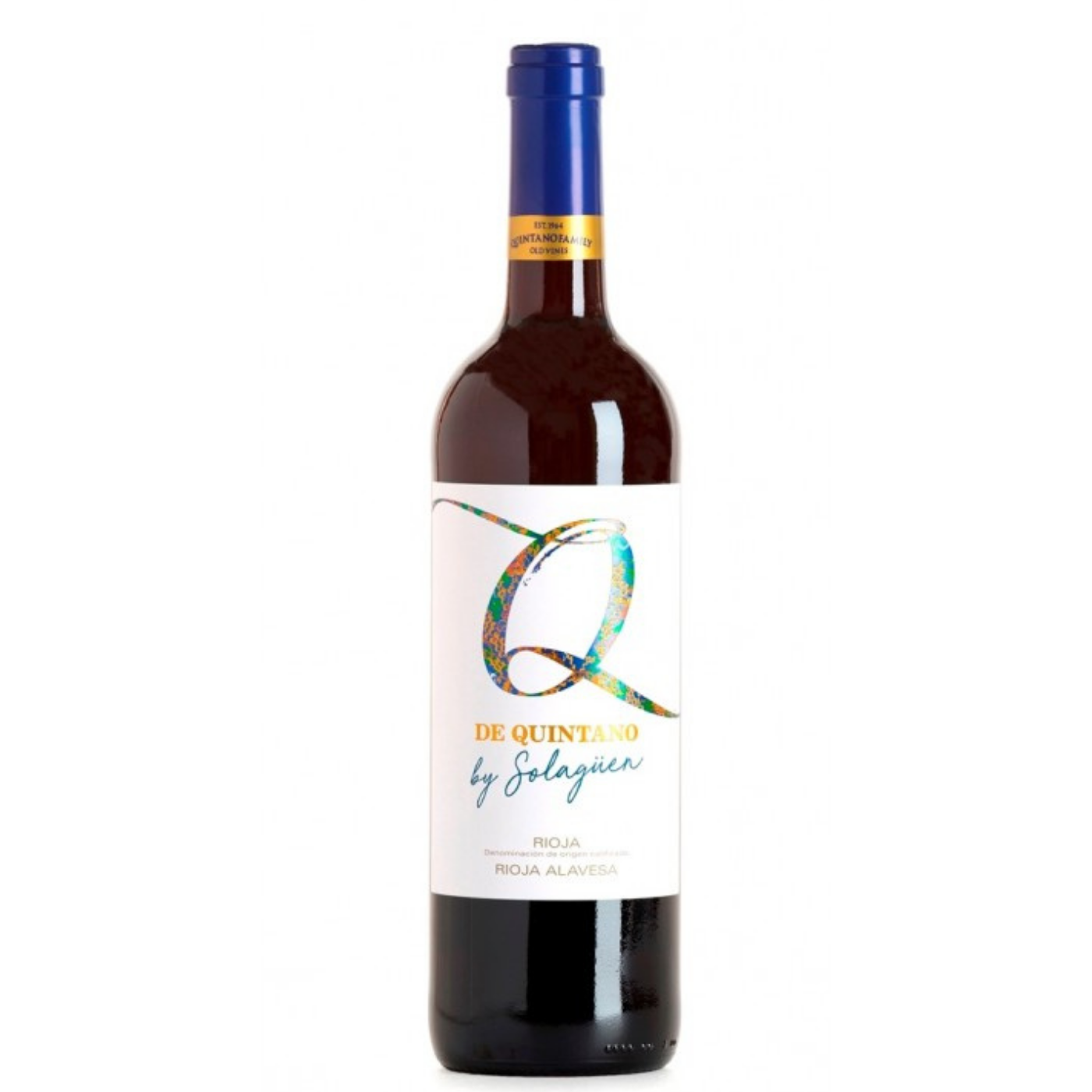Q de Quintano
“The legacy of a Pioneer” 1786 Labastida, Rioja Alavesa.
Until then, in Rioja the possibility of aging wines was not considered. There is thus the Riojan oenology marked by a date: 1786. It was Don Manuel Quintano, a research clergyman in love with his town (Labastida), who demonstrated the enormous aging potential that the wines of the area had. Manuel Quintano was born in Labastida, Álava, in a family with important agricultural properties, among them, vineyards. He was trained in his hometown, completing studies in Bayonne and becoming a priest in 1782. Thanks to the Inquisitor General, Manuel Quintano Bonifaz, who was a relative of his, he was canon of the cathedral of Burgos and, later, dean.
That year, the illustrated clergyman Quintano, applied for the first time in his Labastida winery the Bordeaux techniques learned in his research trips through the French Medoc. His interests were directed to the correct and efficient wine aging system, which he was sure had as much aging potential as those there. He was the first, but also the most risky, and convinced of the enormous future of a region, whose history was written in the strains of the peoples that cross its geography.
Enlightened Spaniards knew the success of Bordeaux wines. These wines could be kept for a long time and owed their superiority not only to favorable soil and climate conditions, but also to a very careful winemaking method.
Interested in these Bordeaux winemaking techniques, in 1785 and 1786 he traveled to France on the occasion of an ideas contest created in the Basque Country to give way to the large production of wine. In Bordeaux he carefully studied the entire production process from harvest to racking. Thus, he highlighted three differentiating keys: the elimination of most of the rampojo during treading, the gentle pressing of the grape to avoid transmitting flavors to it that, in the long run, would be harmful, and the delicate process and technique of racking and clarification to refine the quality of the broths. His technique was only extended to his brothers, his in-law sister and Ramona de Albiz, who develop the same method.
He began a process of experimentation following Bordeaux techniques and obtaining wines that achieved great fame. Selection of varieties, absolute cleanliness, better vineyard care, separation of scrapes in harvest, rational use of the press, disinfection and preparation of the barrel, fillings, racking, pumping and filtering brought by Don Manuel Quintano and Quintano from Bordeaux facilitated the advent of an oenological quality that no one disputes today. The dream of the clergyman Quintano more than a century ago, was to manage to imprison the character of the grape, in a wine that was capable of challenging time
ELABORATION
Q de Quintano is the freshest and most youthful expression of Labastida viticulture. Destemming of 90% of the harvest and preparation of the rest with its scrapes. 4 days pre-fermentation maceration and spontaneous fermentation. Malolactic fermentation and maturation in cement tanks for a minimum of 4 months until its optimum moment of consumption.
TASTING NOTES
Clean and bright, with a medium-high robe with cherry and violet tones that recall its youth. Aromatically very intense. Appearance of notes of red and black fruits, mixed with floral nuances that reveal the aromatic identity of the Labastida vineyard. Easy entry and fruity explosion again in the middle of the mouth leaving the memory of the red fruit that already appeared on the nose. Live, fresh and sweet.
| Weight | 1,25 kg |
|---|---|
| Denominación Origen | O.D. Rioja |

 Español
Español















Reviews
There are no reviews yet.